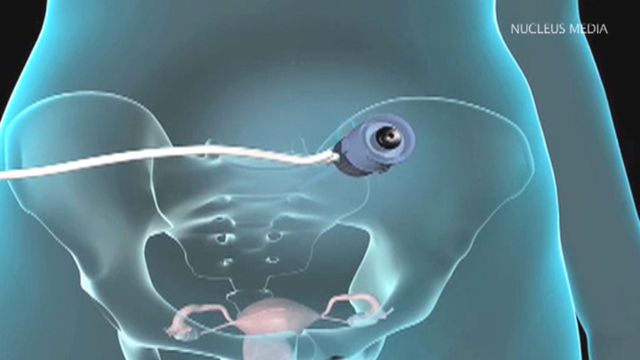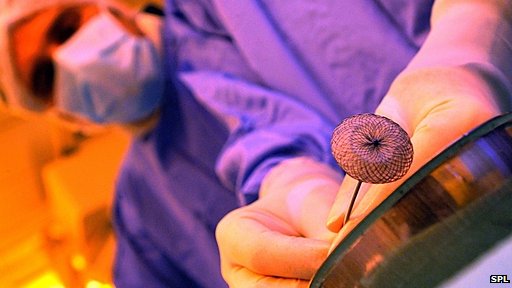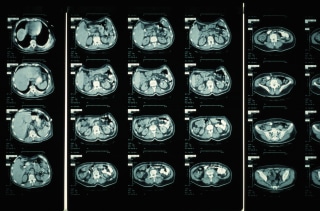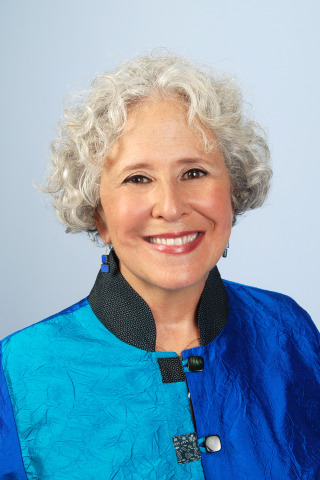
The first two laser hair-removal sessions went smoothly, but the third ended with burning pain that persisted for weeks, a 26-year-old Brooklyn woman recalled. Then the marks appeared: long red stripes along the backs of her legs. Over the next few months, the stripes turned dark brown.
“It was horrifying,” said the woman, who asked not to be identified in order to preserve her privacy. “It wasn’t something you would see on a normal person.”
Laser hair-removal procedures have become immensely popular in recent years. Nearly half a million such treatments were performed by dermatologic surgeons in 2011, the last year for which figures are available, according to the American Society for Dermatologic Surgery. But an unknown number of procedures are performed each year by nonphysicians who may have minimal training.
The treatments are not without risk. Performed improperly, they can cause disfiguring injuries and severe burns in sensitive areas, like the bikini line and the mustache area above the lips, and, rarely, even death.
The percentage of lawsuits over laser surgery that involved a nonphysician operator rose to 78 percent in 2011 from 36 percent in 2008, according to a study published in JAMA Dermatology in October. Laser hair removal was the most commonly performed procedure cited in the litigation. Another popular treatment, intense pulse light, is used to “rejuvenate” aging skin and get rid of wrinkles.
“Not a week goes by that I don’t see a complication from a laser,” said Dr. Tina Alster, founding director of the Washington Institute of Dermatologic Laser Surgery. She and other physicians worry about the proliferation of nonmedical facilities like so-called medical spas that offer laser treatments and other cosmetic treatments but may not have licensed medical personnel on site.
“There’s a perception by the public that anybody can do this,” Dr. Alster said. “People need to remember, it’s not the laser doing the work, it’s the operator.”
In the case of the Brooklyn woman, the laser operator, who was not a doctor, scheduled repeat treatments of her legs four weeks apart instead of the 10 to 12 weeks for legs and the back recommended in a treatment protocol, according to her lawyer, Harry Rothenberg. She sued and reached a confidential settlement with the laser operator.
The licensing and training of laser hair-removal operators varies from state to state, resulting in a patchwork of rules and regulations, said Dr. Mathew M. Avram, director of the Massachusetts General Hospital Dermatology Laser and Cosmetic Center and an author of the new study.
In laser hair removal, pulses of light are used to destroy hair follicles. The treatment is considered to be the practice of medicine in some 35 states; however, nonmedical personnel who offer the treatment are required to have on-site medical supervision in only 26 states.
New York, Virginia and Georgia do not consider laser hair removal to be a medical treatment, and 11 states simply don’t have laws regulating it.
“It’s basically the Wild West of medicine,” Dr. Avram said. “Some states are legislating and protecting patients, but a great many are not. The average person walks into a spa and sees someone with a white coat on and may assume they’re a physician.”
Even doctor-owned facilities may not have one on the premises when procedures are being done, Dr. Avram said. And states that require medical supervision may not require training and licensing of laser operators; training often is left up to the manufacturers that sell the laser equipment.
But the operator makes critical assessments of an individual’s skin type and how far apart to schedule treatments, as well as other decisions. Among those with the greatest risk of complications are people with more natural pigment in their skin or those who are tan.
A laser operator with no medical training also may treat something that looks like a sun spot but is actually a skin cancer, obscuring the disease until it is much more advanced, Dr. Avram said.
Allan Share, president of the International Medical Spa Association, agrees that there is very little oversight of medical and day spas, and he urges consumers to do research before seeking treatment. “It’s always important for a consumer to do their own due diligence,” he said.
For those considering laser hair removal, here are some factors to consider:
Ask whether the facility is owned by a medical doctor and whether he or she is immediately available during procedures. Ask the provider to review your medical history. Ask what procedures are in place in case of an emergency.
Ask who will actually perform the procedure. What licensing and training does the operator have? How many times has the operator performed laser hair removal? Has he or she done it on the part of the body that you want treated?
Ask whether laser treatment is appropriate for your skin type, hair color, complexion and body area. Suggest that the operator test a small patch of skin before you undergo the procedure. Consumers with conditions like diabetes, a difficulty with wound healing, or a tendency toward keloid scarring may be especially vulnerable to complications and should talk to a doctor before undergoing laser treatment.
If you experience pain or discoloration after a procedure, don’t wait — call your doctor right away.
Source: The Newy York times














